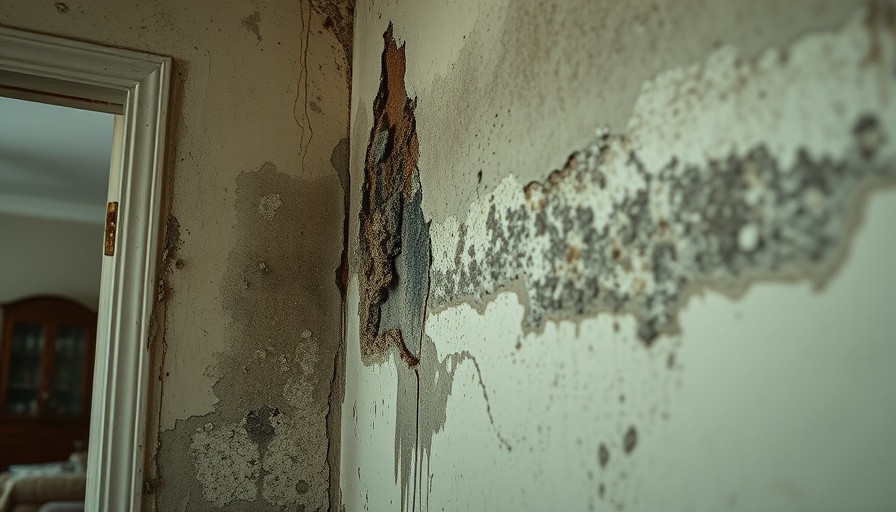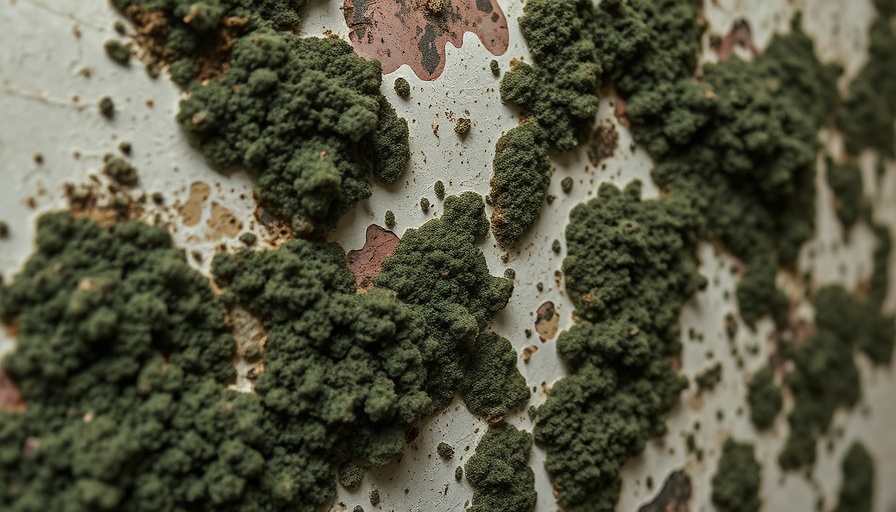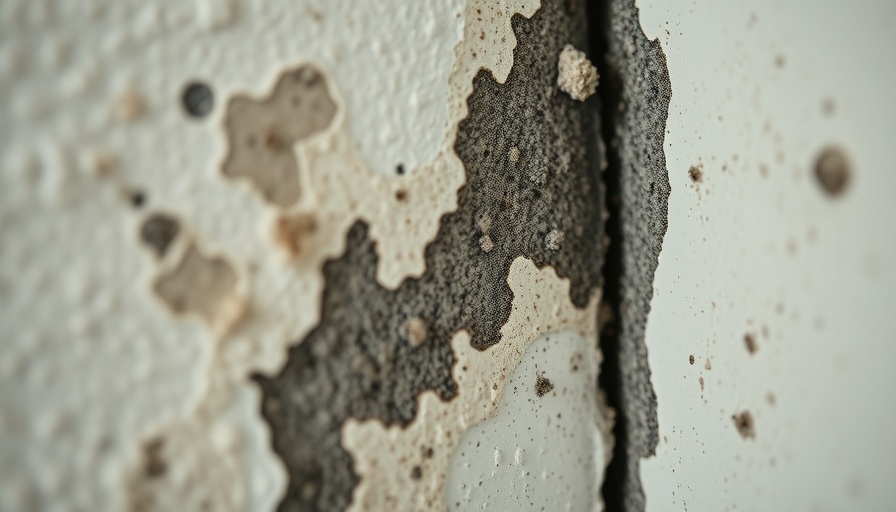
The Hidden Threat of Mold in Portland
Portland, Oregon, often praised for its lush landscapes and vibrant cultural tapestry, now faces a grim adversary lurking within its walls: mold. This naturally occurring fungus, while prevalent in many humid climates, has found a particularly hospitable home in the residences and public spaces of the city. Contributing factors include a wet climate paired with old infrastructure and a rapid housing boom that has not prioritized moisture control.
Strikingly, recent data indicates that incidents of mold-related health issues among Portland residents are surging. These range from minor allergic reactions to serious respiratory complications, notably among vulnerable populations including children and the elderly. Acknowledging the scope of this crisis is essential not just for individual homeowners but also for policymakers tasked with safeguarding public health.
The Impact of Portland’s Climate on Mold Growth
Climate is a critical player in the mold infiltration narrative. Portland's notorious wet winters and damp springs create ideal conditions for mold to flourish. Climate change's influence on rainfall patterns exacerbates this problem, pushing moisture levels beyond what homeowners might anticipate. A compelling fact is that mold can begin to grow within 24 to 48 hours after water intrusion occurs, necessitating immediate action.
Unfortunately, many residents remain oblivious to their surroundings until mold makes itself known, often through visible growth in walls or ceilings. By understanding the signs and symptoms, residents can better protect their homes and loved ones from this insidious threat.
Health Risks Associated With Mold Exposure
The ramifications of prolonged mold exposure extend beyond property damage; they can severely impact health. The Centers for Disease Control and Prevention (CDC) highlights mold's role in exacerbating respiratory ailments such as asthma and allergies. The alarming statistic that nearly one in ten individuals exposed to mold develops allergies, while at least one in five suffer from asthma, makes clear the urgency of addressing this issue.
Furthermore, public transportation—a major lifeline for many Portlanders—often becomes an overlooked hotspot for mold growth. Thus, awareness extends beyond just residences; it's a critical consideration for communal spaces as well.
Common Mold Types Found in Portland Homes
There are several types of mold that residents in Portland should be aware of:
- Stachybotrys Chartarum (Black Mold): Known for its slimy texture and dark color, this mold poses severe respiratory health risks.
- Aspergillus: Found in damp areas and HVAC systems, this powdery mold can produce harmful mycotoxins.
- Penicillium: Commonly found in wet insulation and walls, this mold can cause allergic reactions and respiratory issues.
These types are not only a threat to property but also significantly increase the risk of health complications among residents.
Recognizing the Need for Mold Remediation
Paving the way for successful mold remediation efforts begins with recognizing mold's presence. Visible spots of mold may appear as irregular shapes in dull colors, while an accompanying musty odor often signals hidden infestations. Symptoms manifesting as respiratory struggles that improve when leaving the home can be red flags, indicating that indoor air quality has been compromised.
For homeowners, the question of whether to tackle mold as a DIY project or to enlist professional help is pivotal. Many believe that surface cleaning suffices, but effective mold remediation requires addressing the root cause of moisture that facilitates growth. The professional insight from experts reveals that complete removal also involves rectifying the structural conditions that support mold proliferation.
Next Steps for Homeowners
If you suspect mold is an issue in your home, take action: assess with a detailed inspection, and consult experts to confirm findings and plan remediation. Engage a mold removal professional like Oregon Restoration Co who specializes in safely handling mold problems.
For those informed homeowners, having a proactive approach in terms of moisture control and ventilation can create hurdles against mold development. Consider investing in dehumidifiers and enhancing airflow, particularly in damp areas. This not only helps in preventing mold growth but also contributes to a healthier living environment overall.
Conclusion: A Call for Community Awareness and Action
The plight of mold in Portland is not merely an individual concern; it’s a community issue that demands cohesive action. Homeowners, renters, and landlords must take mold health risks seriously, prioritizing both awareness and effective remediation strategies.
As we combat this hidden crisis, let's work together to implement solutions that ensure healthy living spaces for all Portland residents.
 Add Row
Add Row  Add
Add 




 Add Row
Add Row  Add
Add 

Write A Comment